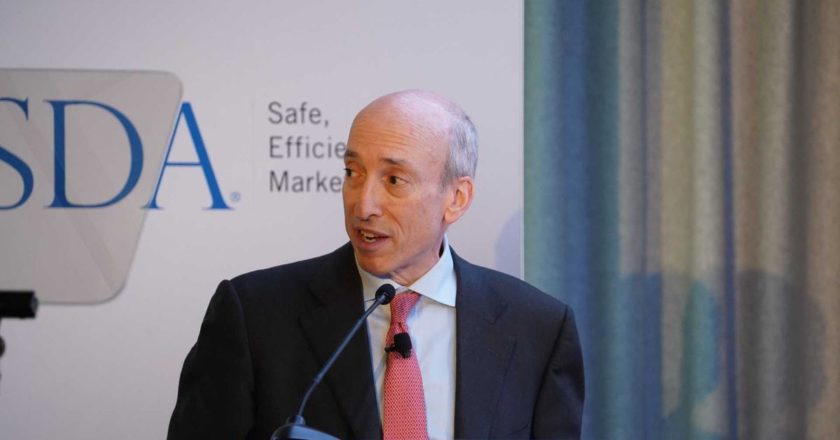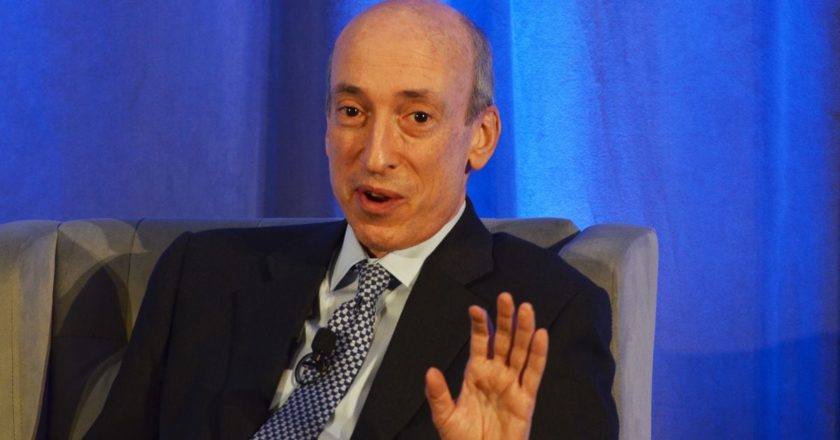Coming every Sunday, Hodler’s Digest tracks every important crypto news story from the previous week. Essential reading for all Hodlers!
Top Stories This Week
European Commission unveils digital finance package for crypto and blockchain
The days of murky legal waters and uncertainty for the crypto industry could be coming to an end if the European Commission is to be believed.
A new digital finance package has been unveiled that proposes new legislation on crypto assets in Europe, including “stringent requirements” on companies that issue stablecoins with a circulating value above $5.8 million.
Firms will also have to publish a white paper with mandatory disclosure requirements unless they’re a small project issuing stablecoins with a total value under $1.1 million.
The European Commission says it’s aiming to boost innovation while protecting consumers. But the International Association for Trusted Blockchain Applications has concerns. It fears the proposals could “overburden a young and innovative industry with costly and complex compliance and legal requirements that are disproportionate to the policy objectives it pursues.”
Overall, Europe’s approach is best described as a cautious one. The European Central Bank says there is a real risk of stablecoin runs that could “trigger negative contagion effects on the entire global ecosystem.” And the ECB’s president, Christine Lagarde, has said any digital euro that’s released would only serve as “a complement to, not a substitute for, cash.”
Glassnode: Uniswap team may have misled community over team token vesting
Uniswap’s decentralization has been called into question, with a recent post from Glassnode insinuating that the platform’s developers might have intentionally misled the community over how the team’s allocation of UNI tokens will vest over time.
The platform’s team, investors and advisors have been allocated 40% of all UNI tokens, and although these are meant to be distributed over four years, there’s a lack of a public schedule, and some of these tokens may not be locked.
There’s also concern that the only entity with enough UNI tokens to submit a governance proposal is, er, Binance, “a centralized exchange in direct competition with Uniswap.”
In an interview with Cointelegraph this week, Binance CEO Changpeng Zhao said: “I’m seeing a lot of bubbles in the DeFi space. There are a lot of projects with empty promises and with nothing going on. And many DeFi projects are only hot for two weeks and then they die.”
Meanwhile, concerns about congestion on Ethereum are refusing to subside, with leading DeFi protocols racing to implement layer-two scaling solutions as ETH gas fees skyrocket and the network struggles under the demand.
MicroStrategy CEO could “liquidate $200 million in Bitcoin on a Saturday”
Michael Saylor caused alarm bells this week when he said the $400 million held in Bitcoin by his business intelligence firm MicroStrategy could be liquidated at any time.
He told Bloomberg that he wouldn’t hesitate to dump MicroStrategy’s 38,250 BTC at a moment’s notice if an alternative asset’s yields were to jump.
“We can liquidate it any day of the week, any hour of the day,” Saylor said. “If I needed to liquidate $200 million of Bitcoin, I believe I could do it on a Saturday.”
That isn’t to suggest that such a whale movement — which would undoubtedly affect Bitcoin’s price — is imminent. “We feel pretty confident that Bitcoin is less risky than holding cash, less risky than holding gold,” he said.
In other Bitcoin news this week, a pseudonymous Bitcoin trader outlined 23 key technical and fundamental factors that could buoy BTC’s medium-term bull case. The data points shared by “Byzantine General” fall into four major themes: a less overheated market, a neutralizing futures market, less leveraged traders and strengthening fundamentals.
Could holding 0.28 BTC put you in the top 1% wealth bracket someday?
One Bitcoin evangelist caused a stir this week when he said owning a small portion of BTC could lead to significant wealth… if mass global adoption occurs.
The Twitter personality Davincij wrote: “There is only 0.0027 BTC for the current 7 billion people. If you HODL 0.28 BTC, and Bitcoin is the world reserve currency you will be the top 1%. Thus HODLing 1 BTC means you may have 400x more than the average person (worst case).”
It’s worth noting that a lot of things have to go right for this to be possible. Bitcoin’s market cap is currently $197 billion — while gold’s stands at $9 trillion. Meanwhile, the U.S. dollar — the world’s reserve currency — has a circulating supply of $2 trillion.
Then there’s the issue of altcoins. If people invest in other crypto assets, money is diverted away from BTC — making it harder for the asset to reach top billing as the world’s go-to option.
100 million worldwide now use crypto-based assets, Cambridge study says
This next story helps illustrate the Everestian challenge that Bitcoin faces.
A new study by the Cambridge Centre for Alternative Finance recently revealed that 100 million people around the world currently hold Bitcoin and other blockchain-based assets.
This is a 189% increase from 2018 when there were estimated to be 35 million identity-verified crypto users worldwide.
Figures from the third quarter of 2020 also showed there are up to 191 million accounts at crypto exchanges — a number that doesn’t include self-hosted wallets.
Winners and Losers
At the end of the week, Bitcoin is at $10,747.42, Ether at $355.96 and XRP at $0.24. The total market cap is at $343,405,160,002.
Among the biggest 100 cryptocurrencies, the top three altcoin gainers of the week are THETA, Hyperion and The Midas Touch Gold. The top three altcoin losers of the week are UMA, Quant and SushiSwap.
For more info on crypto prices, make sure to read Cointelegraph’s market analysis.
Most Memorable Quotations
“Banning crypto trading would cause India to fall behind other nations that allow it. By lobbying the Indian authorities, industry participants can implement the much-needed crypto regulations in the country.”
Charles Boviard, Quantum Economics VP
“You get in, and you just have to not be the one left holding the bag.”
Dave Portnoy, Barstool Sports founder
“I have really high hopes for Ethereum 2.0. For Ethereum 1.0, I underestimated Vitalik. When he was talking to me about the project in 2015, I said, He took too big of a bite to chew. But to my surprise, he proved me wrong. He delivered Ethereum. I think Vitalik’s team and the community are capable of delivering on some really hard technical challenges. And they’re strong innovators.”
Changpeng Zhao, Binance CEO
“The longer Bitcoin stays above $10,000, the more bullish Bitcoin is.”
Tone Vays, veteran trader
“I’m a believer. I think it’s happening – [adoption] it’s coming. It’s so important for the world, and I want the world to know it, and I want other people in the world to get on board.”
Tim Draper, tech billionaire
“8 percent of those with low financial literacy reported they own cryptocurrencies compared with 4 percent of Canadians with high financial literacy.”
“Bitcoin is better at being gold than gold — and not just incrementally, but by an order of magnitude or 10X better.”
Tyler Winklevoss, Gemini co-founder
Prediction of the Week
Bitcoin’s “worst-case scenario” is now $7,000, trader Tone Vays says
Bitcoin hitting $7,000 is now the “worst-case scenario,” Tone Vays believes.
On his podcast, the veteran trader said $9,000 would serve as a very good “buy-the-dip” opportunity.
Vays added that he thinks $9,000 is the “most realistic” outcome should a bearish trend take hold of the Bitcoin markets.
“The longer Bitcoin stays above $10,000, the more bullish Bitcoin is,” he continued. “Consistency on the way up is bullish; consistency on the way down is bearish.”
BTC/USD has maintained $10,000 support this week but has so far failed to reclaim higher levels after its fall from $11,000 several days ago.
According to Vays, “the sky’s the limit” if Bitcoin reclaims $12,000.
FUD of the Week
Most Americans are against a CBDC, survey reveals
A new study suggests that the majority of American citizens are against the introduction of a central bank digital currency.
Of the 400 people who responded to Genesis Mining’s questions, more than 50% were opposed to the proposition that the government should abandon paper money in favor of a digital dollar.
There were some proposing signs in this year’s survey. Close to 25% said they agreed cash should be replaced by a CBDC — twice as many as last year.
The survey was published the same week that Cleveland Federal Reserve President Loretta Mester revealed that the Fed has been undertaking extensive research into the risks and benefits of CBDCs throughout the COVID-19 pandemic.
Major Indian exchange proposes new regulatory framework to avoid crypto ban
One of India’s biggest trading platforms says it has developed a framework to regulate cryptocurrency in the country.
BuyUcoin, which has more than 350,000 users, described the framework as a draft set of community-driven rules, propositions and implementation methods.
The exchange also said that it has the support of “all Indian cryptocurrency stakeholders.”
BuyUcoin CEO and co-founder Shivam Thakral described the framework, which will be presented to the Indian government, as “the first milestone of a long journey for making cryptocurrency accessible to the masses.”
Are we dumb? Financial illiterates “twice as likely to own crypto”
People who are more financially literate are likelier to be aware of cryptocurrencies but less likely to own them, according to a report from the Bank of Canada.
While 4% of Canadians with high financial literacy said they possess cryptocurrencies, 8% of those with low financial literacy own digital currencies like Bitcoin.
This report backs up a February 2020 report by the ING’s Think Forward Initiative, which warned:
“A large part of the cryptocurrency market [is compromised] of unsophisticated investors with lower financial literacy skills. These investors are likely to overestimate the reward prospects in cryptocurrencies and underestimate the risk involved in related investment.”
That said, an eToro survey in 2018 suggested that 44% of online investors avoided trading crypto because they felt they lacked the proper education.
 Best Cointelegraph Features
Best Cointelegraph Features
WTF happened in 1971 (and why the f**k it matters so much right now)
In economic terms, 1971 was a big year, and a popular Twitter account has been going viral by explaining why. Cointelegraph Magazine’s Andrew Fenton explores how this has relevance to us all in 2020.
The Yearn.finance factor: Key use cases to explain YFI’s high value
YFI has pumped to amazing price heights, totaling at least 4,400% gains inside a two-month span. Is this price action warranted, and does the token have actual value? Two exchanges weigh in in this article written by Benjamin Pirus.
Rise of DeFi wars? Uniswap’s UNI token airdrop starts a crypto rivalry
Uniswap’s response to SushiSwap’s vampire mining attack is one of the most important moves in the DeFi space, Anirudh Tiwari says.


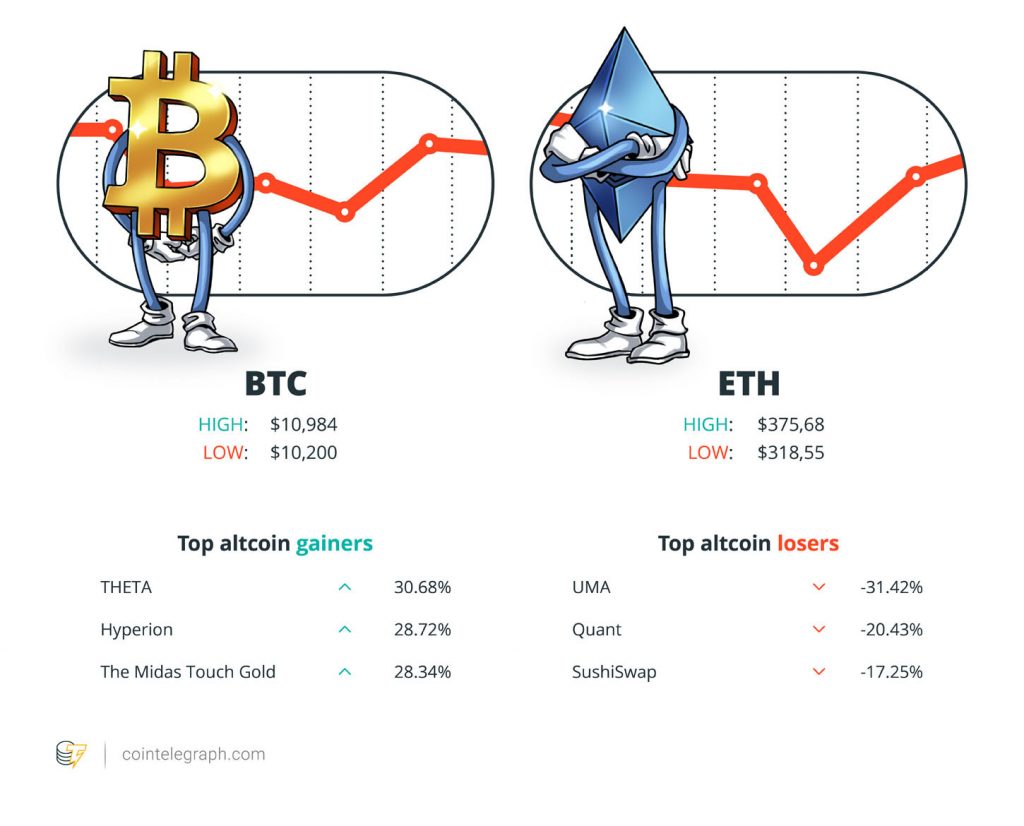
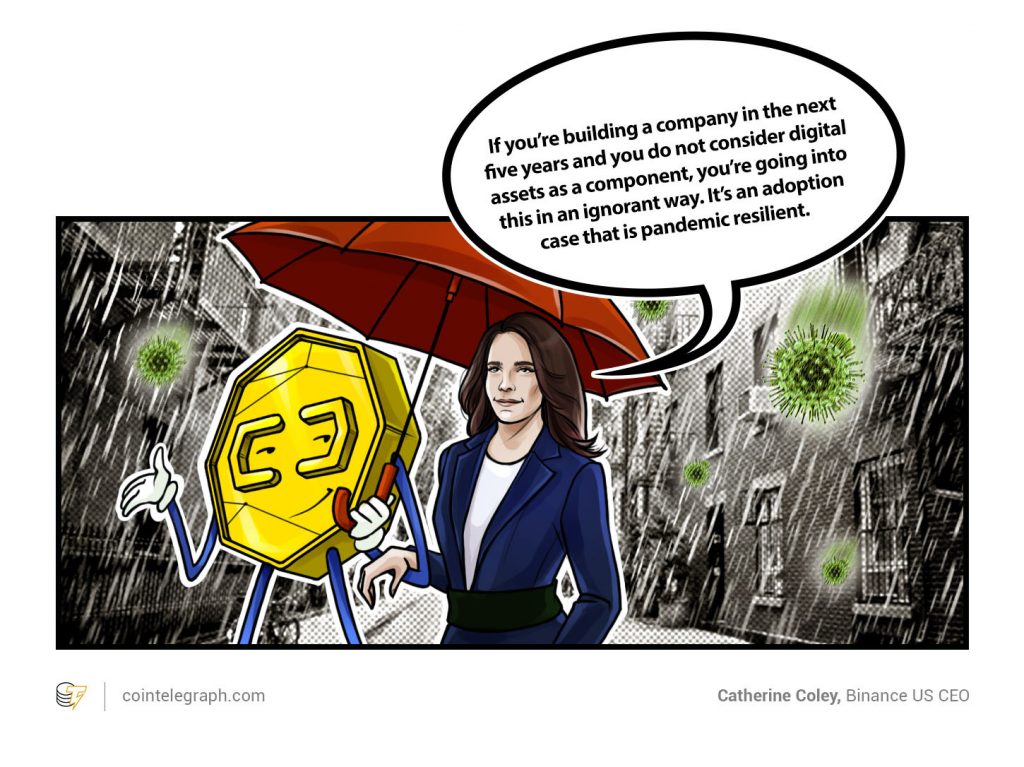
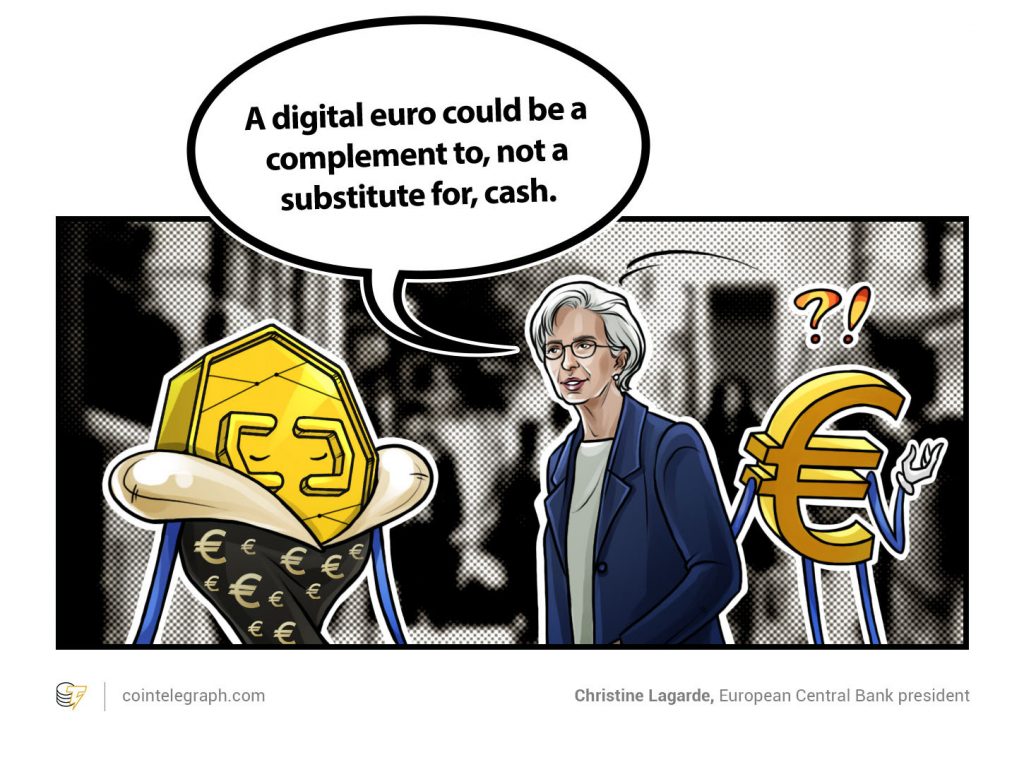 Best Cointelegraph Features
Best Cointelegraph Features
